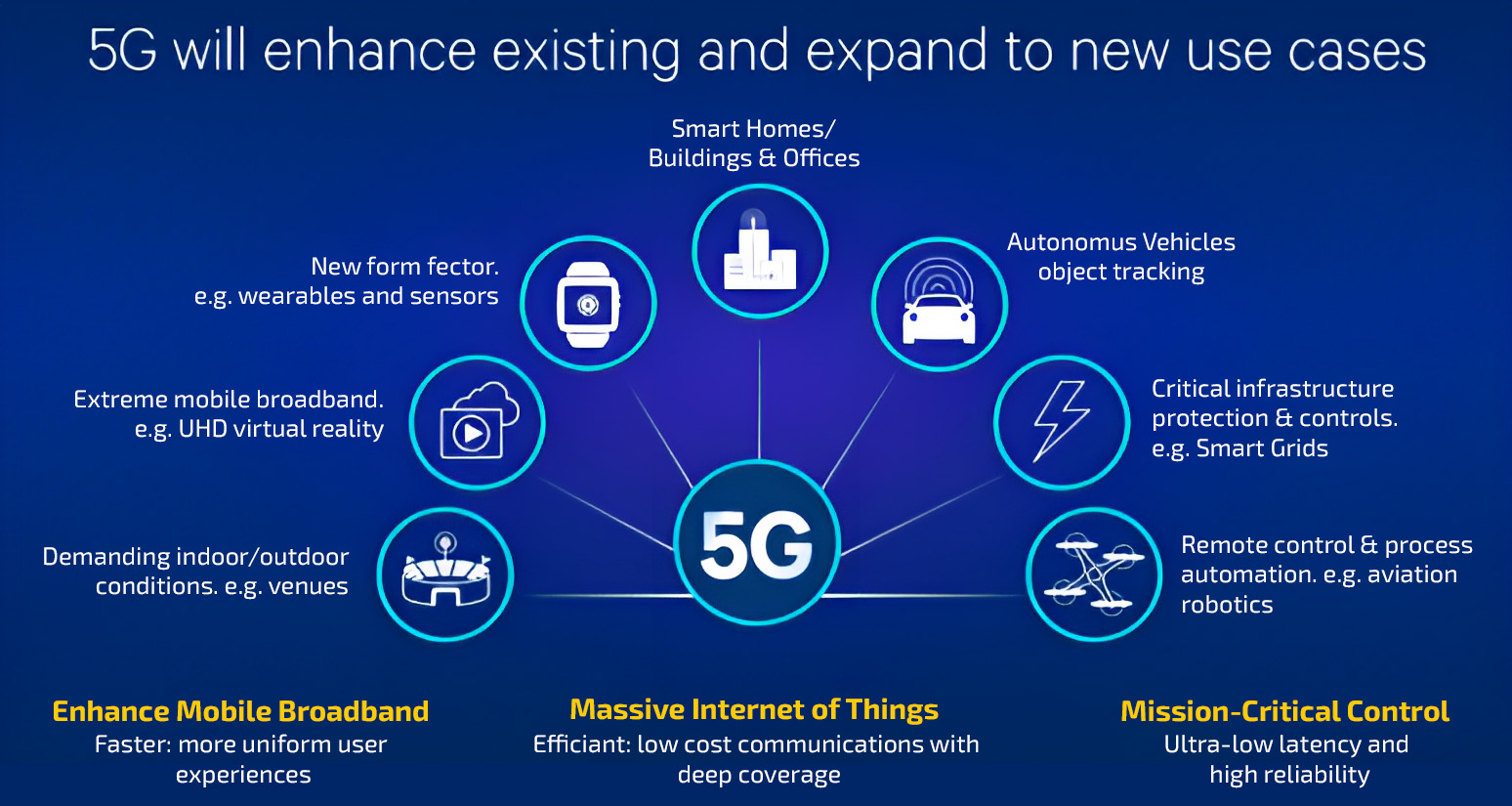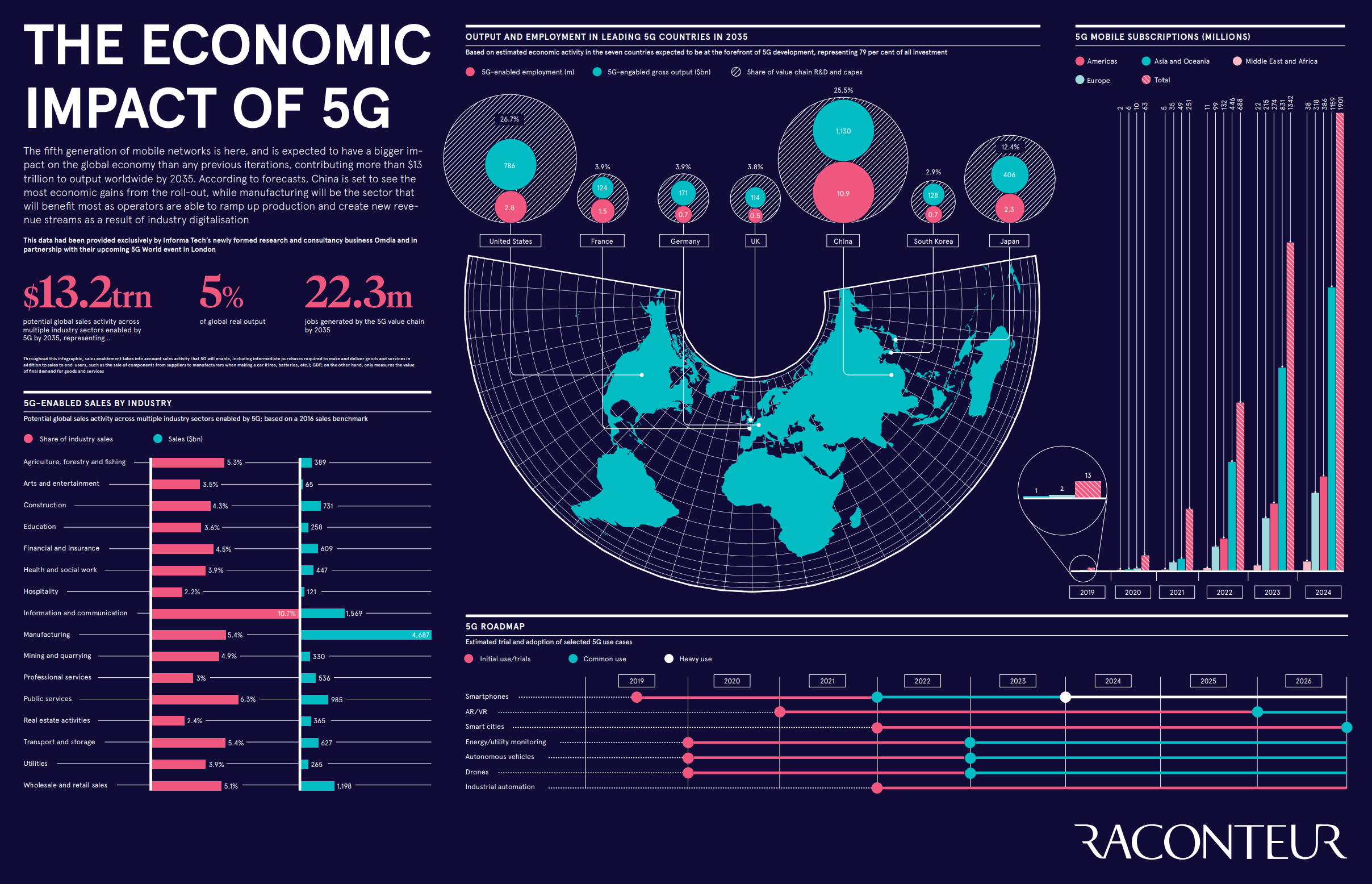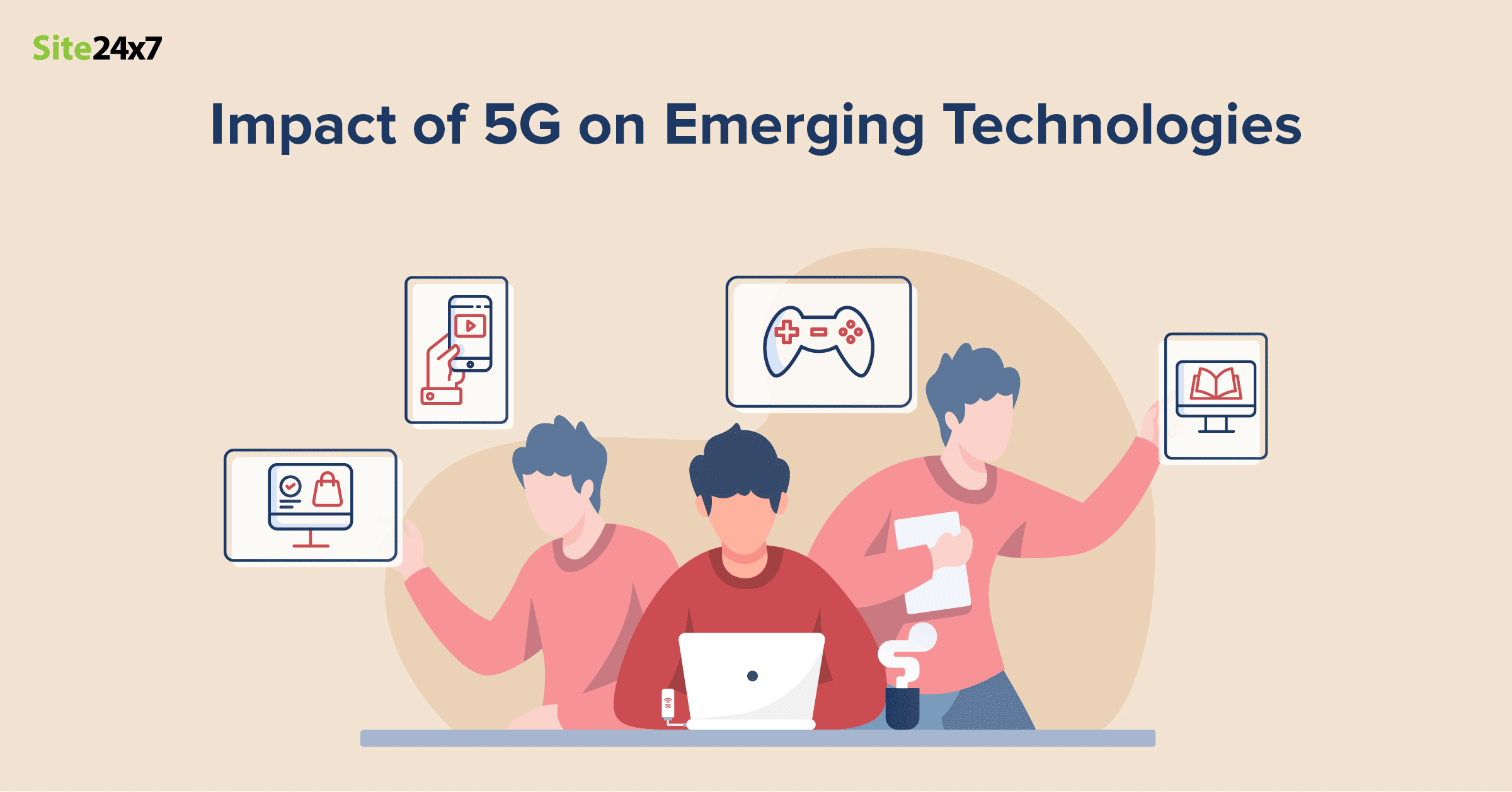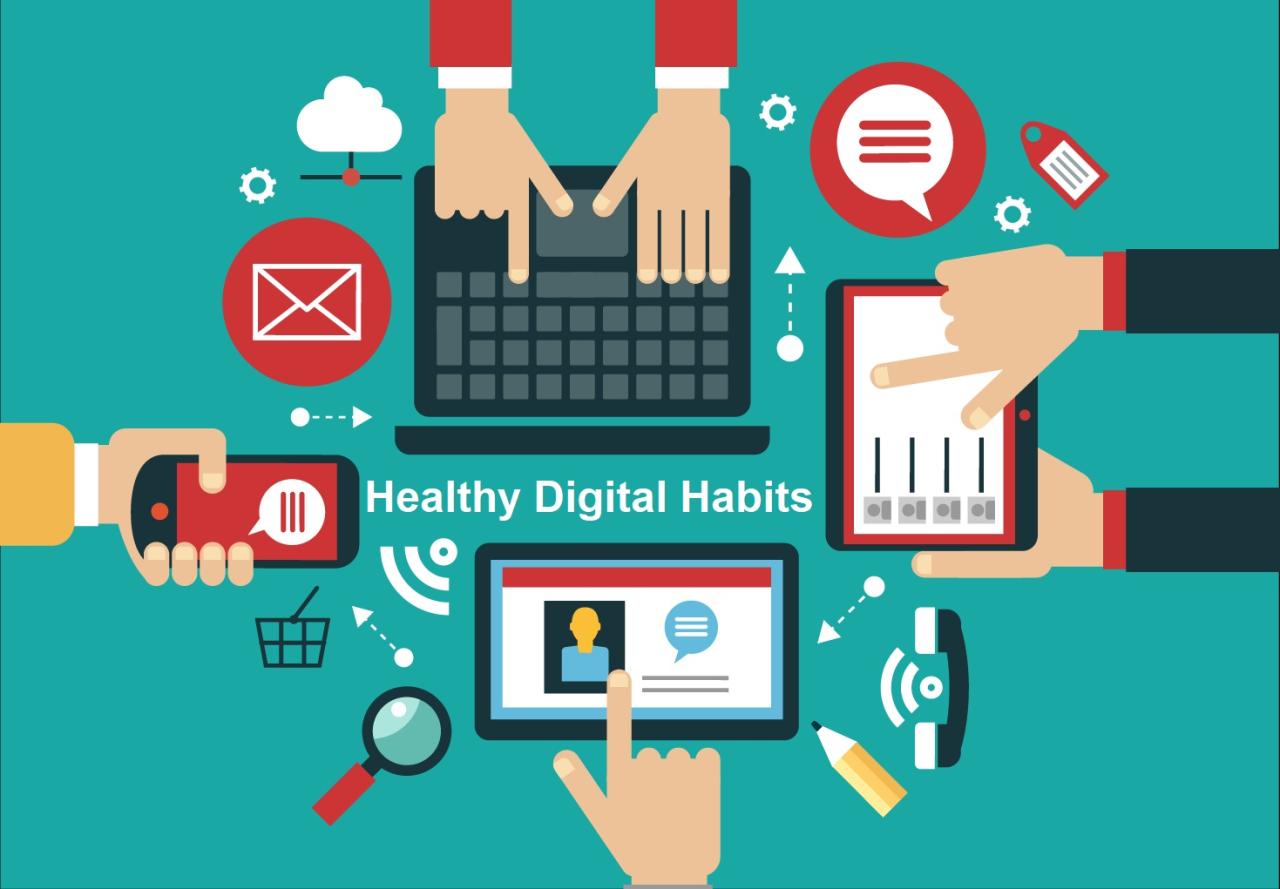5G technology impact sets the stage for this enthralling narrative, offering readers a glimpse into a story that is rich in detail and brimming with originality. As we delve into the realm of 5G technology, we uncover a landscape shaped by innovation and connectivity, paving the way for a future where communication reaches new heights of speed and reliability.
As we navigate through the intricacies of 5G technology, we unveil a world where the boundaries of communication are pushed to new frontiers, revolutionizing the way we connect and interact.
Overview of 5G Technology

G technology refers to the fifth generation of mobile network technology that offers significantly faster data speeds, lower latency, and increased capacity compared to its predecessors. It is designed to revolutionize the way we connect and communicate by enabling a wide range of new applications and services.
Key Features of 5G Technology
- Increased Speed: 5G technology can deliver data speeds up to 100 times faster than 4G networks, allowing for quicker downloads and smoother streaming.
- Low Latency: With reduced latency rates, 5G enables near real-time communication, making it ideal for applications like virtual reality, autonomous vehicles, and remote surgeries.
- High Capacity: 5G networks can support a massive number of connected devices simultaneously, paving the way for the Internet of Things (IoT) to flourish.
- Network Slicing: This feature allows network operators to create multiple virtual networks within a single physical infrastructure, catering to different requirements such as speed, capacity, and latency.
- Beamforming: 5G utilizes beamforming technology to focus signals directly to specific devices, improving efficiency and enhancing network coverage.
Differences from Previous Generations
- Speed and Capacity: 5G offers significantly faster speeds and higher capacity than 4G, enabling advanced applications like AR/VR, 4K video streaming, and cloud gaming.
- Latency: The latency in 5G networks is much lower than in 4G, making it more suitable for time-sensitive applications and enhancing overall user experience.
- Connectivity: 5G can handle a larger number of connected devices per square kilometer compared to 4G, supporting the proliferation of IoT devices and smart city initiatives.
Impact on Communication

G technology has significantly revolutionized communication systems by providing faster speeds, lower latency, and increased reliability compared to its predecessors. This has led to a multitude of improvements in various aspects of communication.
Improved Speed and Reliability
- 5G technology offers download speeds up to 100 times faster than 4G, enabling users to stream high-definition videos seamlessly and download large files in a matter of seconds.
- With lower latency in 5G networks, communication processes such as video calls and online gaming are smoother and more responsive, enhancing user experience.
- The increased reliability of 5G connections ensures consistent network coverage and stability, reducing the chances of dropped calls or interrupted internet connectivity.
Implications on Future Communication Technology
- 5G is expected to pave the way for the widespread adoption of Internet of Things (IoT) devices, creating a more interconnected and efficient communication network.
- Emerging technologies like augmented reality (AR) and virtual reality (VR) are set to benefit from 5G's capabilities, offering immersive communication experiences like never before.
- The deployment of 5G networks is anticipated to spur innovation in various industries, leading to the development of new communication applications and services that cater to evolving consumer needs.
Influence on Internet of Things (IoT)
5G technology plays a crucial role in the advancement and proliferation of Internet of Things (IoT) devices by providing faster speeds, lower latency, and increased capacity for connectivity.
Enhanced Connectivity for IoT Applications
One of the key ways 5G enhances connectivity for IoT applications is through its ability to support a massive number of devices simultaneously. With its high bandwidth and low latency, 5G enables seamless communication between IoT devices, allowing for real-time data transmission and analysis.
- Smart Cities: 5G technology allows for the development of smart city applications, such as intelligent traffic management systems, waste management, and energy efficiency solutions. These applications rely on the connectivity provided by 5G to operate efficiently and deliver real-time data for decision-making.
- Industrial IoT: In industrial settings, 5G enables the implementation of advanced IoT solutions for monitoring and optimizing manufacturing processes. With high-speed connectivity and low latency, manufacturers can improve efficiency, reduce downtime, and enhance overall productivity.
- Healthcare: The integration of 5G with IoT in healthcare enables remote patient monitoring, telemedicine services, and the use of wearable devices for health tracking. This connectivity allows for timely data transmission between devices and healthcare providers, leading to improved patient outcomes.
Challenges and Opportunities of Integrating 5G with IoT
While the integration of 5G with IoT presents numerous opportunities for innovation and efficiency, there are also challenges that need to be addressed:
- Security Concerns: With the increased number of connected devices in the IoT ecosystem, there is a greater risk of security breaches and data privacy issues. Ensuring robust security measures and encryption protocols is essential to protect sensitive information.
- Infrastructure Requirements: The deployment of 5G networks to support IoT applications requires significant infrastructure investments. Building the necessary network infrastructure and ensuring coverage in remote or rural areas can be a challenge for service providers.
- Interoperability Issues: The diverse range of IoT devices and protocols can lead to interoperability issues when integrating with 5G networks. Standardizing communication protocols and ensuring compatibility between devices is crucial for seamless connectivity and data exchange.
Effect on Industries
5G technology is revolutionizing various industries such as healthcare, manufacturing, and transportation by offering faster connectivity, lower latency, and higher data capacity.
Healthcare Industry
- Improved Telemedicine: With 5G, healthcare providers can conduct remote consultations, monitor patients in real-time, and even perform surgeries through robotic systems with minimal delays.
- Enhanced Access to Medical Records: 5G enables quick access to patient data and medical records, allowing healthcare professionals to make faster and more accurate diagnoses.
- IoT Integration: The Internet of Things (IoT) devices in healthcare, such as wearable health monitors and smart medical equipment, can communicate seamlessly over 5G networks, leading to better patient care.
Manufacturing Sector
- Smart Factories: 5G technology facilitates the implementation of smart factories where machines, robots, and sensors can communicate in real-time, optimizing production processes and reducing downtime.
- Remote Monitoring and Maintenance: Manufacturers can remotely monitor equipment, perform predictive maintenance, and troubleshoot issues promptly using 5G-powered solutions, enhancing operational efficiency.
- Augmented Reality (AR) Applications: AR technologies powered by 5G can provide real-time information to workers, improving productivity, training efficiency, and safety in manufacturing environments.
Transportation Industry
- Connected Vehicles: 5G connectivity enables vehicles to communicate with each other, traffic infrastructure, and pedestrians, enhancing road safety, reducing congestion, and enabling autonomous driving capabilities.
- Fleet Management: Transportation companies can track and manage their fleets more effectively with 5G-powered solutions, leading to optimized routes, fuel savings, and improved delivery timelines.
- Enhanced Passenger Experience: Public transportation systems can offer Wi-Fi connectivity, real-time updates, and personalized services to passengers through 5G networks, improving the overall travel experience.
Wrap-Up

In conclusion, the impact of 5G technology reverberates across industries, communication systems, and the realm of IoT, promising a future where connectivity knows no bounds. As we embrace the transformative power of 5G, we embark on a journey towards a more connected, efficient, and innovative world.
Key Questions Answered
How does 5G technology differ from its predecessors?
5G technology offers significantly faster speeds, lower latency, and the ability to connect a vast number of devices simultaneously, distinguishing it from earlier generations like 4G and 3G.
What are the implications of 5G on the future of communication technology?
5G technology is poised to revolutionize communication systems by enhancing speed, reliability, and connectivity, paving the way for innovative applications and services.
How does 5G enhance connectivity for IoT applications?
5G enables seamless connectivity for IoT devices through its high speeds, low latency, and capacity to handle a massive number of connected devices, fostering the growth of IoT ecosystems.







